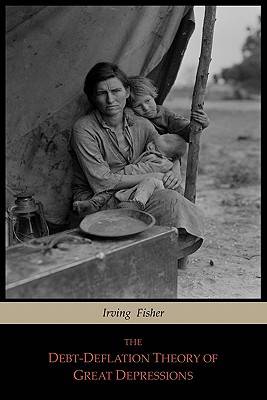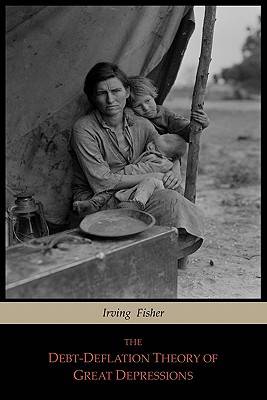
- Retrait gratuit dans votre magasin Club
- 7.000.000 titres dans notre catalogue
- Payer en toute sécurité
- Toujours un magasin près de chez vous
- Retrait gratuit dans votre magasin Club
- 7.000.0000 titres dans notre catalogue
- Payer en toute sécurité
- Toujours un magasin près de chez vous
10,45 €
+ 20 points
Description
2011 Reprint of the 1933 edition. Following the stock market crash of 1929 and the ensuing Great Depression, Fisher developed a theory of economic crises called "debt-deflation", which rejected general equilibrium theory and attributed crises to the bursting of a credit bubble. According to the debt deflation theory, a sequence of effects of the debt bubble bursting occurs: 1. Debt liquidation and distress selling. 2. Contraction of the money supply as bank loans are paid off. 3. A fall in the level of asset prices. 4. A still greater fall in the net worth of businesses, precipitating bankruptcies. 5. A fall in profits. 6. A reduction in output, in trade and in employment. 7. Pessimism and loss of confidence. 8. Hoarding of money. 9. A fall in nominal interest rates and a rise in deflation adjusted interest rates. This theory was ignored in favor of Keynesian economics, partly due to the damage to Fisher's reputation from his overly optimistic attitude prior to the crash, but has experienced a revival of mainstream interest since the 1980s, particularly since the Late-2000s recession, and is now a main theory with which he is popularly associated.
Spécifications
Parties prenantes
- Auteur(s) :
- Editeur:
Contenu
- Nombre de pages :
- 46
- Langue:
- Anglais
Caractéristiques
- EAN:
- 9781614270102
- Date de parution :
- 29-03-11
- Format:
- Livre broché
- Format numérique:
- Trade paperback (VS)
- Dimensions :
- 152 mm x 229 mm
- Poids :
- 81 g

Les avis
Nous publions uniquement les avis qui respectent les conditions requises. Consultez nos conditions pour les avis.






